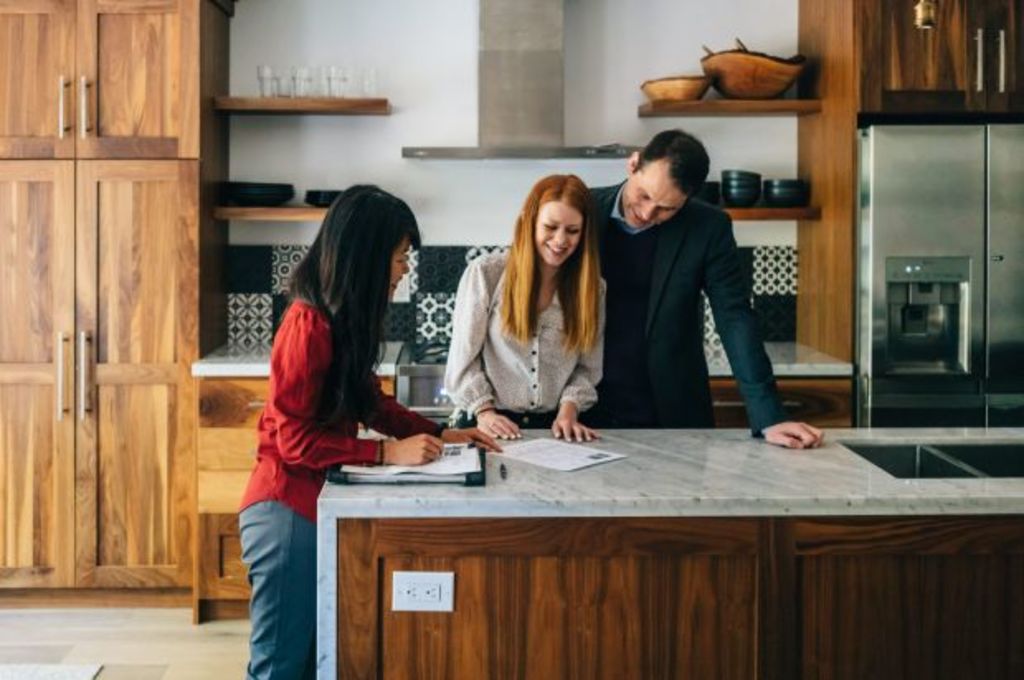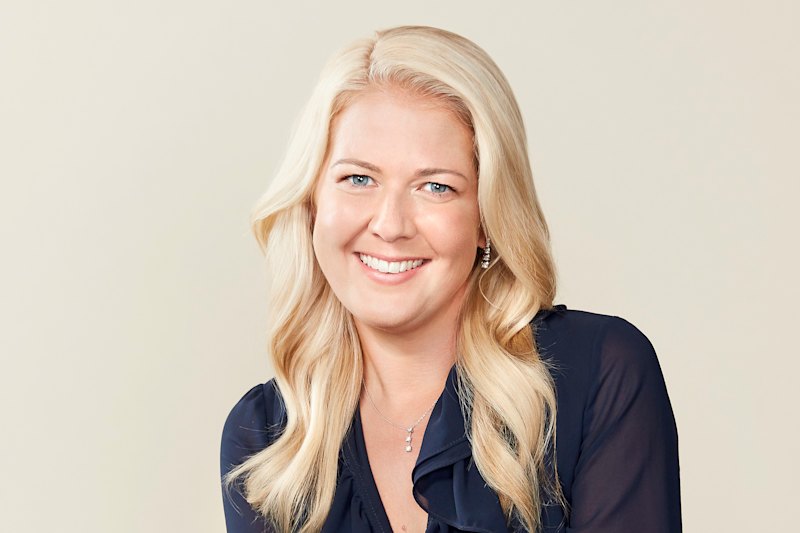How to make the most of an open home inspection

If you were given an hour to decide whether a property could become your future home, do you think you would make the right decision?
The reality is, that’s about how much time most people spend physically inspecting a property before buying it.
An hour seems like an absurdly small amount of time to determine whether the home you’ve chosen is the right one.
However, given our busy schedules, it’s not surprising that buyers make a decision after spending so little time in their future homes.
Seasoned house hunters may be able to tell in a few minutes whether a property is “the one”, but less experienced buyers may struggle. There is a real risk of settling for “the wrong one” instead.
So how do you make the most of the limited time you have in a property?
Make a checklist

Create a shopping list of must-have features in advance to prepare yourself. Photo: Stocksy
- Related: Where to buy in Sydney now
- Related: Why your first purchase is crucial
- Related: The market is all about FOOP
House hunters should create a shopping list of must-have features, according to buyer’s agent and founder of EPS Property Search Patrick Bright.
“If you’ve got a brief and clear understanding of what you’re looking for, it’s much easier to identify the right property,” Bright says.
A checklist prevents buyers from inspecting unsuitable homes and settling because of fatigue.
Before inspecting a property in person, look through the listing and make note of what you don’t know. These are the details to focus on at the open home.

Before inspecting a property in person, look through the listing and make note of what you don’t know. Photo: Stocksy
A practical layout is a key feature to look for, according to Peter Georgiev, director of architect advisory service Archicentre.
The functionality of the floor plan can depend on the era of construction, Georgiev says. “Older properties tend to concentrate many of the services at the rear. This can block living spaces from whatever rear yard there may be.”
An awkward layout can affect resale value, and major changes can be costly, so it pays to target suitable properties from the outset. An ideal layout has reasonable separation between sleeping areas and living areas, Georgiev says, and north and east-facing aspects are most desirable. “Embedded psychological wellbeing occurs when light and an aspect is achieved.”
Give yourself more time

Don’t just visit the property once, on inspection day. Make sure you return to get the whole picture. Photo: Ken Irwin
Visiting the property that could become your forever home just once before the auction simply isn’t enough. Viewing the home during the day and in the evening, as well as mid week, will give a better feel for different light levels, traffic in the street, and who the neighbours might be.
The key is identifying potential properties early in the campaign and attending the very first open home to allow the biggest window of time to revisit the property if it ticks the right boxes.
Registering interest early in the campaign makes buyers more likely to be able to organise a private viewing, removing the stress of inspecting a property while other buyers are there.
Bring in the professionals

A property may appear to be in good nick, but it’s essential to enlist the experts to make sure. Photo: Supplied
Even if a house appears to be in good condition, a building and pest inspection are always essential.
At a cost of between $500 and $1000, independent inspectors can discover hidden problems, and while these issues may not be deal-breakers, it gives buyers an idea of what they’re up against, and a potential bargaining chip in negotiations.
“Don’t resent the expense because it’s important to be well informed about the potential problems before your buy,” Bright says.
He recommends buyers set aside about $5000 for inspection costs for multiple properties that make the shortlist.
 Aim to set aside around $5000 in your budget for inspections. Photo: Supplied
Aim to set aside around $5000 in your budget for inspections. Photo: Supplied
Less common but especially important for those planning a renovation is a walk-through by a building professional to advise on the best changes and estimate rough costs.
Finding out after buying that a project isn’t feasible may force home owners to sell sooner to get the home they wanted, which is never an ideal situation.
A prepurchase estimate can help buyers avoid overcapitalising, Bright says. “Sometimes it can be cheaper to buy the finished product instead.”
While most people might turn to a builder for this service, an architect may be more aware of council regulations and better placed to provide advice, according to Georgiev.
“A builder might have a certain suite of things they prefer to do, and even unwittingly, they might come up with advice that might not have the breadth of opportunity that an architect might bring to the table.”
It’s wise to consider these services as an investment rather than a hassle. Accepting the limitations of your knowledge and employing experts to fill the gaps can pay dividends.
We recommend
We thought you might like
States
Capital Cities
Capital Cities - Rentals
Popular Areas
Allhomes
More







